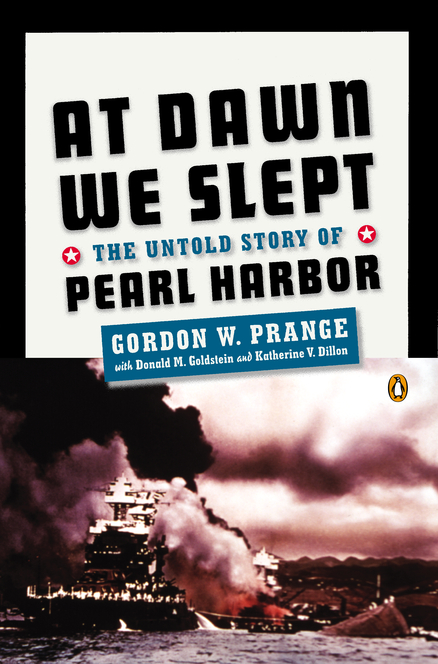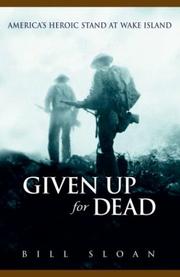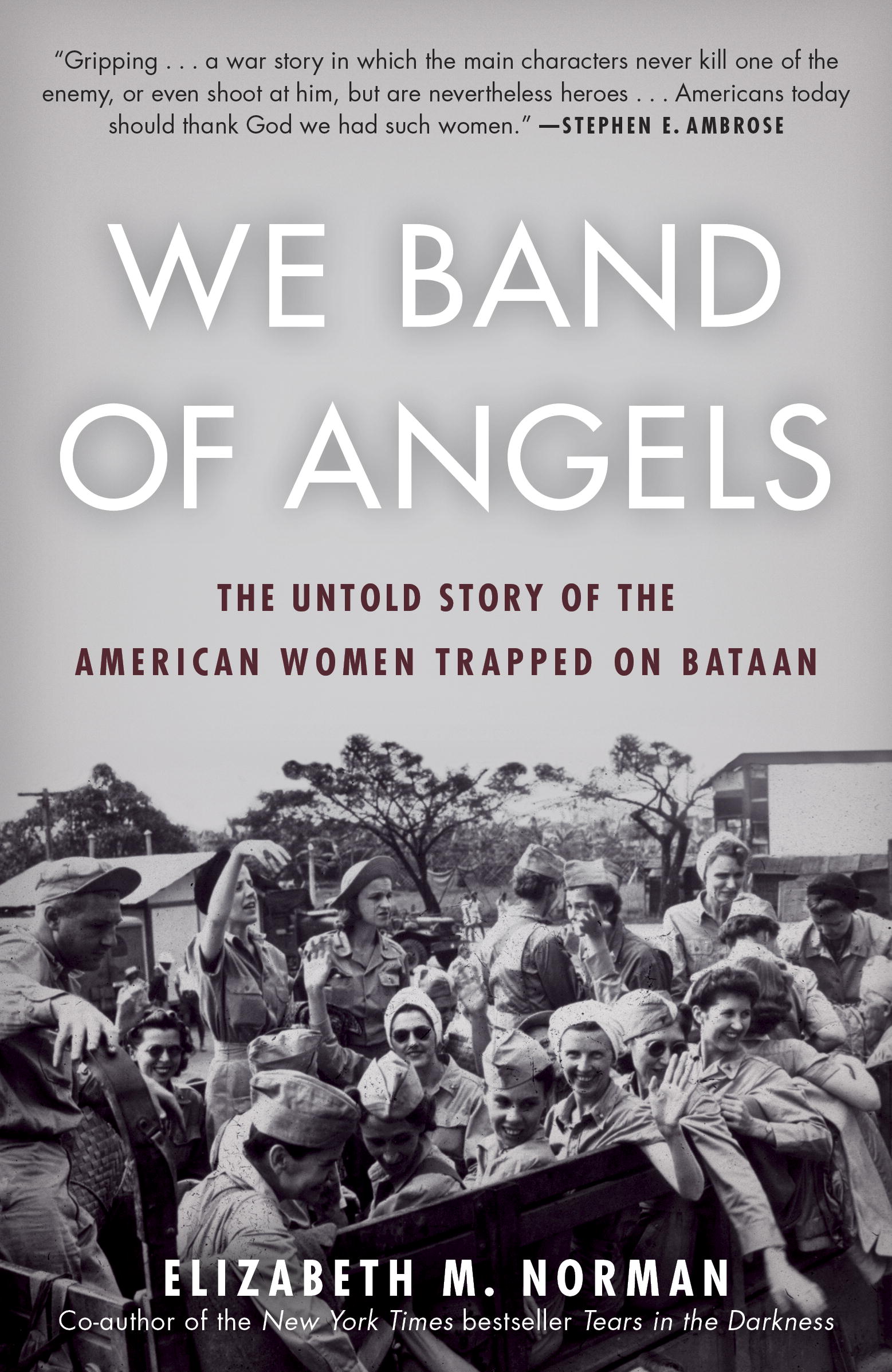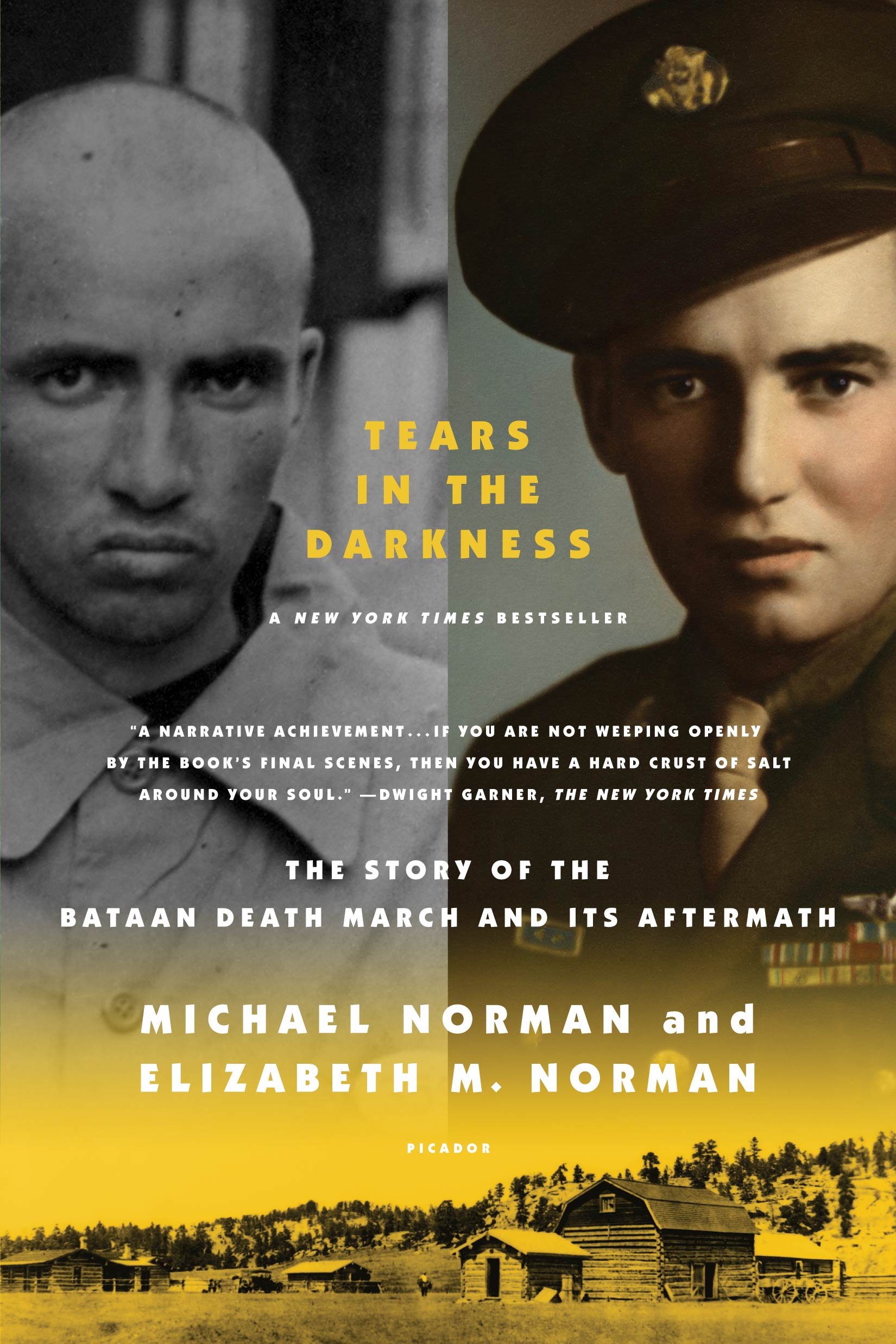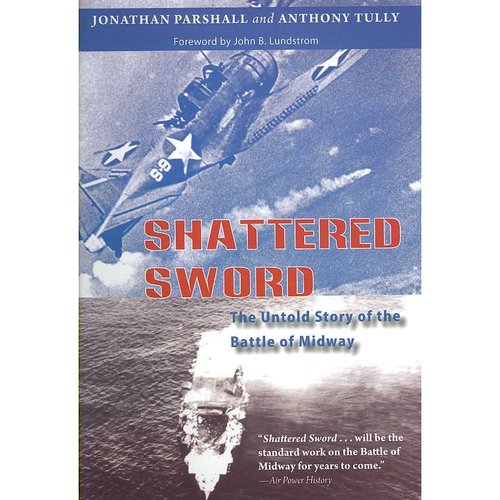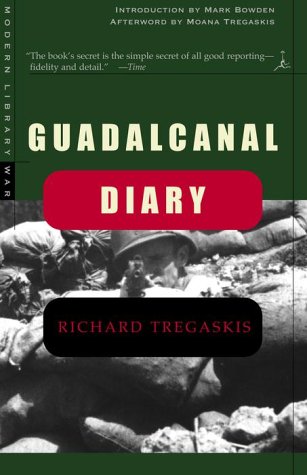Guadalcanal. Bataan. Okinawa. Midway. Leyte Gulf. Iwo Jima. WWII in the Pacific was brutal and won island by island against an enemy that would not surrender. There are many books about the War, these few cover some of the most pivotal battles and tell the stories of the men and women who fought and died and, against great odds, survived.
From Pearl Harbor to Iwo Jima: 7 Riveting Books About WWII in the Pacific
As intense and absorbing as a suspense novel, this unparalleled and exhaustive account of the Japanese bombing of Pearl Harbor is widely regarded as the definitive assessment of the events surrounding the preparation, attack and aftermath of "The Day That Will Live in Infamy."
As intense and absorbing as a suspense novel, this unparalleled and exhaustive account of the Japanese bombing of Pearl Harbor is widely regarded as the definitive assessment of the events surrounding the preparation, attack and aftermath of "The Day That Will Live in Infamy."
On December 8, 1941, just five hours after the bombing of Pearl Harbor, Japanese planes attacked a Wake Island remote but strategic U.S. outpost in the westernmost reaches of the Pacific. Unprepared for the stunning assault, the small battalion stationed there was outnumbered and outgunned. But they, and a small army of heroic civilians, fought with a surplus of bravery and perseverance, waging an extraordinary battle against all odds. They held out for 16 days without aid or resupply and eventually surrendered on December 23.
On December 8, 1941, just five hours after the bombing of Pearl Harbor, Japanese planes attacked a Wake Island remote but strategic U.S. outpost in the westernmost reaches of the Pacific. Unprepared for the stunning assault, the small battalion stationed there was outnumbered and outgunned. But they, and a small army of heroic civilians, fought with a surplus of bravery and perseverance, waging an extraordinary battle against all odds. They held out for 16 days without aid or resupply and eventually surrendered on December 23.
After Bataan and Corregidor fell, the nurses who had worked valiantly in the jungle field hospitals in Bataan and the tunnels of Corregidor, tending to wounded soldiers as the battle raged around them, were herded into internment camps where they would endure three years of the same fear, brutality, and starvation the male soldiers faced. Once liberated, they returned to an America that at first celebrated them, but later refused to honor their leaders with the medals they clearly deserved. Here, in letters, diaries, and riveting firsthand accounts, is the story of what really happened during those dark days, woven together in a deeply affecting saga of women in war.
After Bataan and Corregidor fell, the nurses who had worked valiantly in the jungle field hospitals in Bataan and the tunnels of Corregidor, tending to wounded soldiers as the battle raged around them, were herded into internment camps where they would endure three years of the same fear, brutality, and starvation the male soldiers faced. Once liberated, they returned to an America that at first celebrated them, but later refused to honor their leaders with the medals they clearly deserved. Here, in letters, diaries, and riveting firsthand accounts, is the story of what really happened during those dark days, woven together in a deeply affecting saga of women in war.
A gripping narrative of the 1942 battle for the Bataan peninsula in the Philippines, the surrender of 76,000 Americans and Filipinos to the Japanese and the infamous death march that introduced the captives to the starvation, dehydration and murderous Japanese brutality that would become routine for the next three years. One look at the before and after photo of American POW Ben Steele, whose sketches adorn the book, gives you an inkling of the hell these men endured. Unputdownable.
A gripping narrative of the 1942 battle for the Bataan peninsula in the Philippines, the surrender of 76,000 Americans and Filipinos to the Japanese and the infamous death march that introduced the captives to the starvation, dehydration and murderous Japanese brutality that would become routine for the next three years. One look at the before and after photo of American POW Ben Steele, whose sketches adorn the book, gives you an inkling of the hell these men endured. Unputdownable.
Many consider the Battle of Midway to have turned the tide of the Pacific War. It is without question one of the most famous battles in history and the subject of many books and the brilliant John Ford movie. In this book, the authors use both Japanese and American documents to offer a new interpretation of the great naval engagement from both sides of the battle.
Many consider the Battle of Midway to have turned the tide of the Pacific War. It is without question one of the most famous battles in history and the subject of many books and the brilliant John Ford movie. In this book, the authors use both Japanese and American documents to offer a new interpretation of the great naval engagement from both sides of the battle.
Tregaskis was a reporter embedded with the Marines who landed on Guadalcanal. His riveting first hand account of the initial battles to defeat the Japanese and control this pivotal island has been mandatory reading since it was first published.
Tregaskis was a reporter embedded with the Marines who landed on Guadalcanal. His riveting first hand account of the initial battles to defeat the Japanese and control this pivotal island has been mandatory reading since it was first published.
The Battle of Iwo Jima, fought in the winter of 1945 on a rocky island south of Japan, brought a ferocious slice of hell to earth: in a month's time, more than 22,000 Japanese soldiers would die defending a patch of ground a third the size of Manhattan, while nearly 26,000 Americans fell taking it from them. This is the story of the men from Easy Company who fought and survived and raised the famous flag - what happened to them on Iwo Jima and what happened when they came home.
The Battle of Iwo Jima, fought in the winter of 1945 on a rocky island south of Japan, brought a ferocious slice of hell to earth: in a month's time, more than 22,000 Japanese soldiers would die defending a patch of ground a third the size of Manhattan, while nearly 26,000 Americans fell taking it from them. This is the story of the men from Easy Company who fought and survived and raised the famous flag - what happened to them on Iwo Jima and what happened when they came home.

